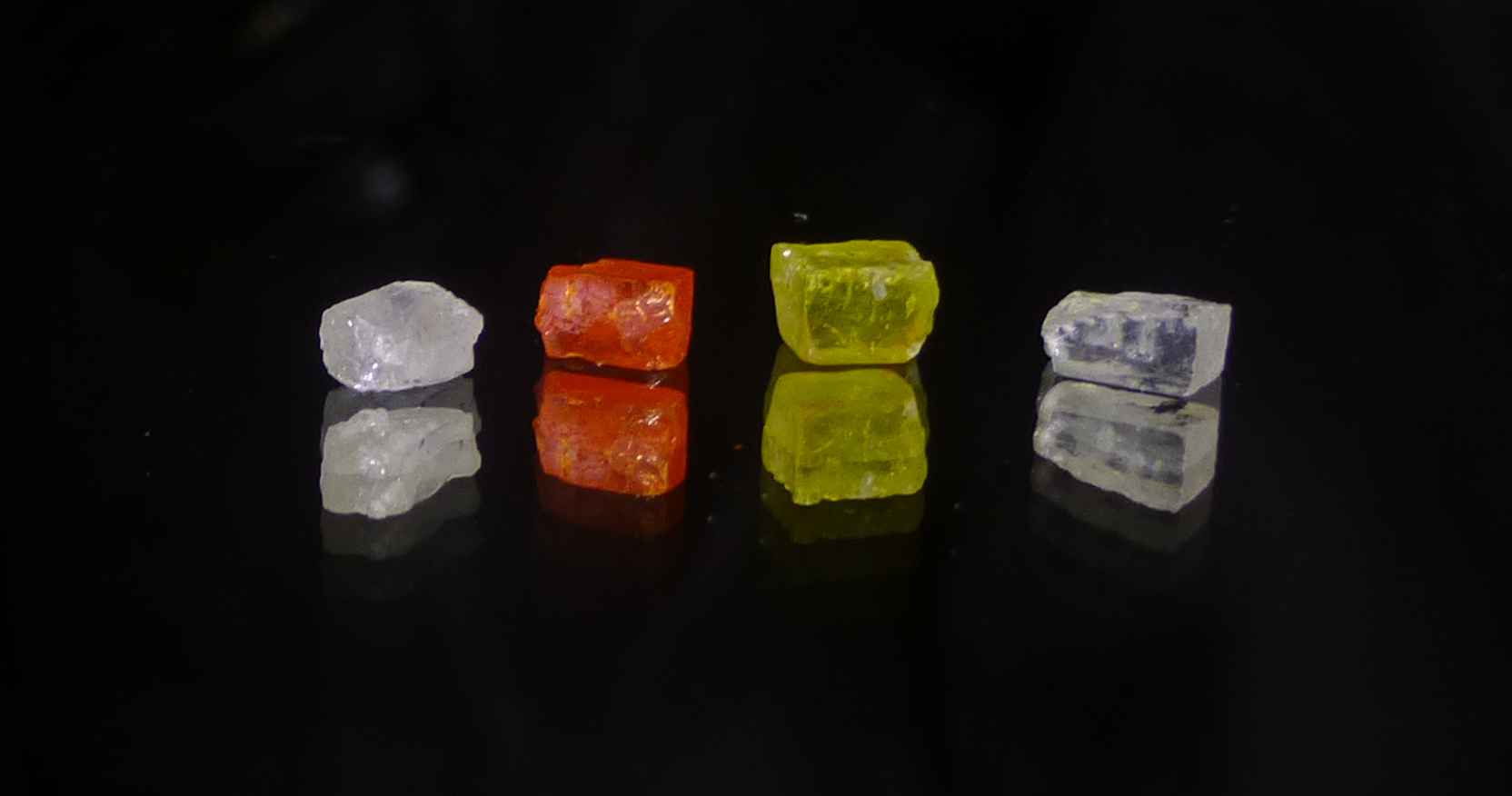
Joint research programme on perovskite solar cells
German Research Foundation (DFG) approves Priority Programme to carry out research into perovskite solar cells – coordinated by the Konstanz physicist Professor Lukas Schmidt-Mende
Certain hybrid perovskites consisting of organic and inorganic components are considered promising materials for a new generation of solar cells. Not only are these perovskite semiconductors as efficient as silicon solar cells, but they are also much easier to manufacture and process. The German Research Foundation (DFG) has established a Priority Programme to carry out basic research into perovskite semiconductors, which is coordinated by Professor Lukas Schmidt-Mende, Professor of Hybrid Nanostructures at the University of Konstanz. The DFG Priority Programme entitled “Perovskite semiconductors: From fundamental properties to devices” will receive funding in the amount of € 2.3 million per year for a period of up to six years.
Universities and research institutions from across Germany, Oxford (UK) and Switzerland will collaborate on the project. This Priority Programme will thus be one of the largest joint research projects in Europe in the area of perovskite semiconductors research.
Processable in liquid form
The perovskites under investigation have one remarkable property: They can be processed at low temperatures from solution, i.e. in liquid form. That way, perovskite films can be fabricated, which makes it much easier to manufacture solar cells. “Only six years ago, it would have been unthinkable to manufacture solar cells from solution-processed semiconductors that are highly efficient and can compete with silicon solar cells. The perovskites have helped us achieve this goal”, explains Professor Lukas Schmidt-Mende.
High defect tolerance
Solar cells produced from solutions typically exhibit high numbers of defects, which means that their “level of purity” is relatively low. “The fascinating thing about these perovskites is that their defects do not seem to impact their efficiency: We observe that they have a very high defect tolerance so that existing defects do not matter too much”, Schmidt-Mende says, adding: “What is it about perovskites that makes them so special? Why do they work so extraordinarily well, despite the high defect density in perovskite films? Can they be improved any further? Are there any other materials that work along similar lines? These will be some of the key questions that will be tackled within this Priority Programme over the coming years”.
Perovskites research is one of the fastest growing fields of research within materials science. According to Lukas Schmidt-Mende, “the idea at the heart of the Priority Programme is to create a stable network that can take research in this area to levels well beyond those of small groups working individually”. By default, the Priority Programme is interdisciplinary in nature and based around the Departments of Physics and Chemistry. Individual sub-projects are expected to be selected for funding in the context of the Priority Programme by early 2019.
